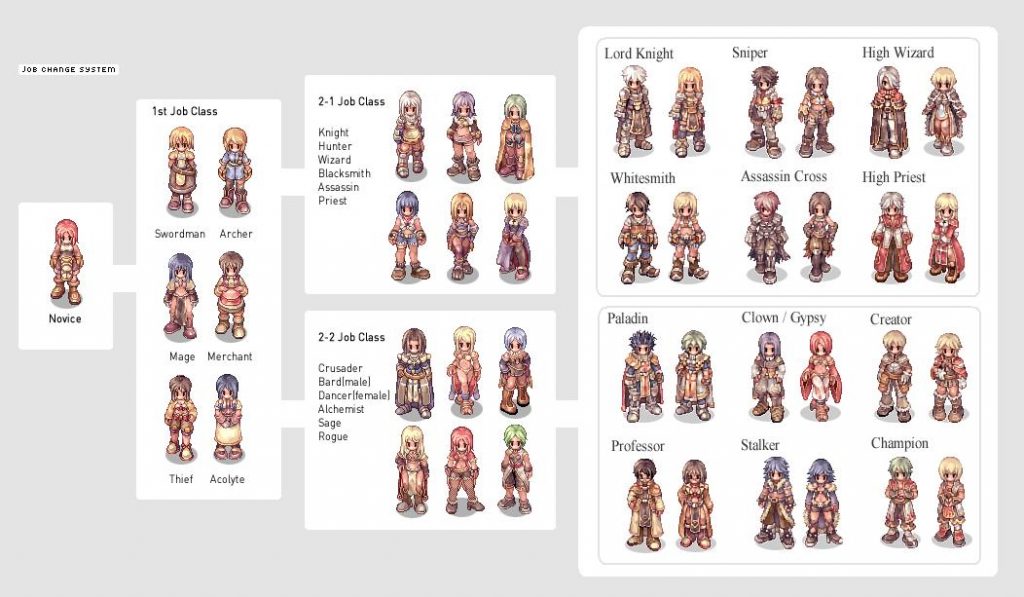
ES5
/**
* Super class
* @param {string} name
* @param {number} yearOfBirth
* @param {string} job
*/
var Person = function (name, yearOfBirth, job) {
this.name = name;
this.yearOfBirth = yearOfBirth;
this.job = job;
}
Person.prototype.calculateAge = function () {
var age = new Date().getFullYear() - this.yearOfBirth;
console.log(age);
}
/**
* Sub-class of Person
* @param {string} name
* @param {number} yearOfBirth
* @param {string} job
* @param {number} olympicGames
* @param {number} medals
*/
var Athlete = function (name, yearOfBirth, job, olympicGames, medals) {
// Pass the received arguments from the primary class into the call method
// Sets the properties to the new athlete object
Person.call(this, name, yearOfBirth, job) {
this.olympicGames = olympicGames;
this.medals = medals;
}
}
/**
* Set the Athlete prototype to the Person prototype
*/
Athlete.prototype = Object.create(Person.prototype);
var john = new Athlete('John', 1990, 'swimmer', 3, 10);In ES5 when creating a new athlete object, new creates a new empty object that calls the athlete function constructor and sets the this keyword to the new object.
Object.create allows you to manually set the prototype of an object
ES6 (ES2015)
class Person {
/**
* Super class
* @param {string} name
* @param {number} yearOfBirth
* @param {string} job
*/
constructor(name, yearOfBirth, job) {
this.name = name;
this.yearOfBirth = yearOfBirth;
this.job = job;
}
calculateAge() {
var age = new Date().getFullYear() - this.yearOfBirth;
console.log(age);
}
}
class Athlete extends Person {
/**
* Sub-class
* @param {string} name comes from super class
* @param {number} yearOfBirth comes from super class
* @param {string} job comes from super class
* @param {number} olympicGames created on sub-class
* @param {number} medals created on sub-class
*/
constructor(name, yearOfBirth, job, olympicGames, medals) {
super(name, yearOfBirth, job);
this.olympicGames = olympicGames;
this.medals = medals;
}
}
const john = new Athlete('John', 1990, 'swimmer', 3, 10);